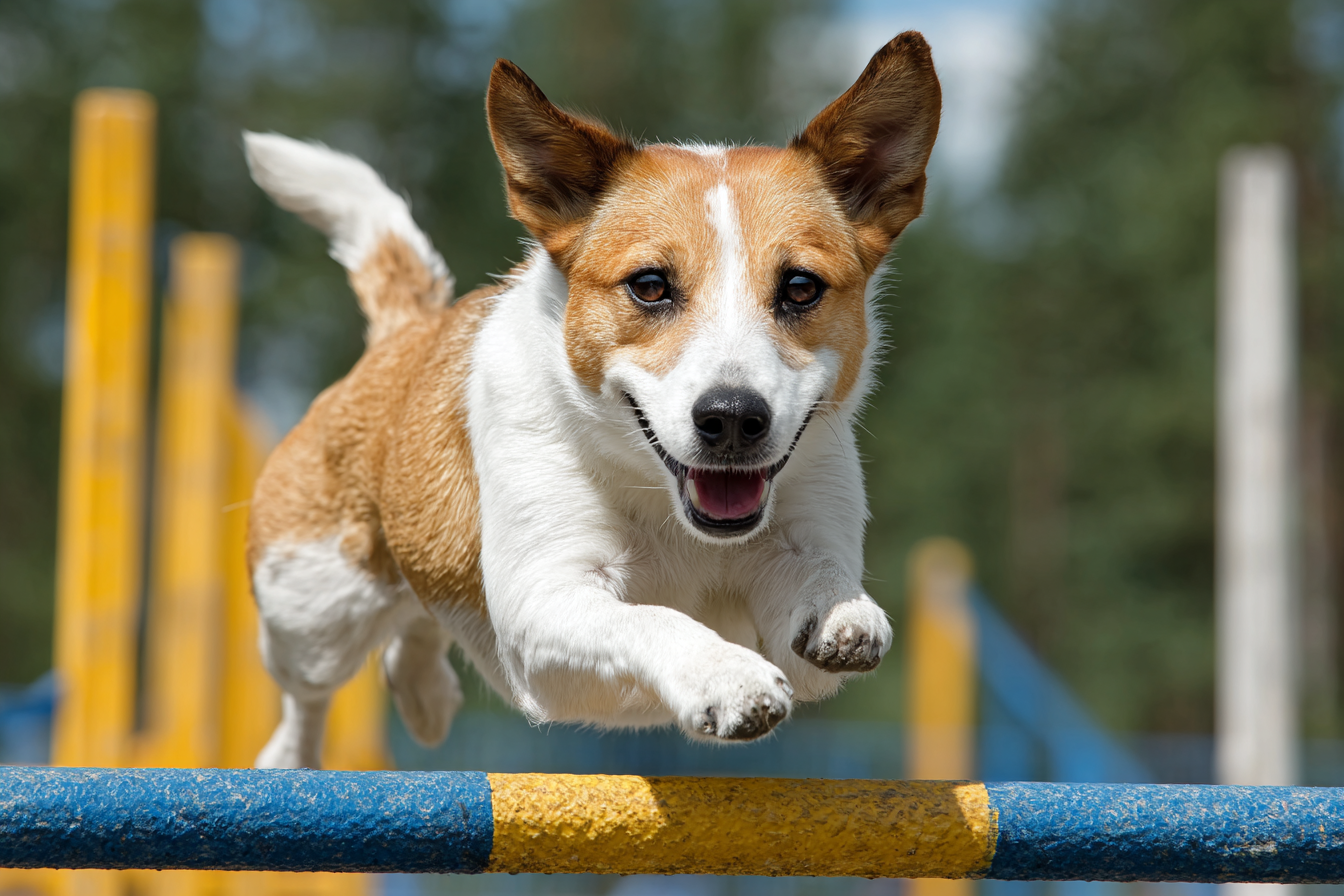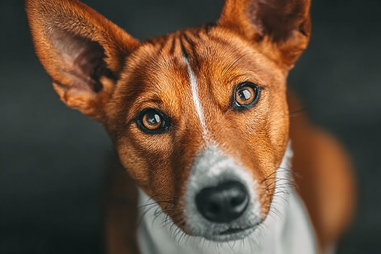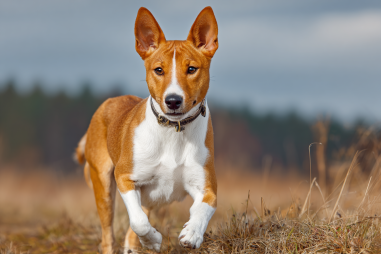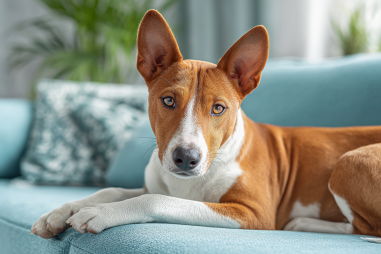Basenjis are remarkable dogs known for their sleek appearance, alert nature, and boundless energy. If you have one, you probably already know they are intelligent and athletic, making them fantastic candidates for agility training. Agility is more than just a sport; it’s a way to engage your Basenji physically and mentally while strengthening the bond between you and your furry friend. Whether you are a seasoned agility handler or new to the sport, these top Basenji agility training tips will help you develop your dog’s skills and confidence for a fun and rewarding agility experience.
Why Basenjis Excel in Agility
Basenjis are naturally athletic dogs with a unique blend of speed, endurance, and agility. Their slender, muscular bodies allow them to jump, twist, and change direction with ease. Unlike some other breeds, Basenjis were bred for hunting in Central Africa, which means they have sharp senses and quick reflexes—traits that are invaluable in agility training.
Additionally, Basenjis are highly intelligent and independent thinkers. While this can sometimes make training challenging, it also means they can quickly learn complex courses and commands if approached with patience and consistency. Their natural curiosity and love for exploration make agility an exciting outlet for their energy, reducing the likelihood of boredom-related behaviors like excessive barking or chewing.
Basic Agility Equipment Overview
To get started with agility training, it’s important to familiarize yourself with the basic equipment you’ll use. Here are the most common agility obstacles and what you should know about each:
- Jumps: Adjustable bars that your Basenji will learn to leap over. Start with low heights and gradually increase as confidence grows.
- Tunnels: Flexible tubes where your dog runs through. Tunnel training helps build speed and focus.
- Weave Poles: A series of upright poles your dog weaves between. Mastering this obstacle takes patience and repetition.
- A-Frame: A steep ramp with a flat top your dog climbs up and down. It strengthens coordination and confidence.
- Pause Table: A platform where your dog must stop and remain for a set time. It teaches impulse control.
Invest in safe, durable equipment that suits your available space and your dog’s size and ability. Starting with basic setups before progressing to more complicated courses is key.
Training Commands and Exercises
Successful agility training hinges on clear, consistent commands paired with positive reinforcement. Here are some tips to help you and your Basenji communicate effectively:
- Use Simple Verbal Cues: Short and distinct commands like “jump,” “tunnel,” “weave,” or “up” help your dog associate the word with an action.
- Hand Signals: Basenjis respond well to visual signals, so combine hand gestures with verbal cues for clarity.
- Start with Basic Exercises: Teach your dog to respond to commands in a distraction-free environment. Practice obedience skills such as “sit,” “stay,” and “come” to build a foundation.
- Incorporate Targeting: Use a target stick or your hand to guide your Basenji to specific obstacles or positions.
- Short, Frequent Sessions: Keep training sessions short (around 10-15 minutes) to maintain enthusiasm and focus.
Always reward your Basenji immediately with treats, praise, or play. Positive reinforcement not only encourages learning but also makes training enjoyable for your dog.
Building Confidence and Focus
Basenjis can sometimes display a stubborn streak or lose interest quickly, so building confidence and focus is essential for effective agility training. Here are some strategies to enhance these qualities:
- Create a Positive Environment: Make training a fun, stress-free experience with lots of encouragement. Use toys and treats to reward effort as well as success.
- Gradual Exposure: Introduce new obstacles one at a time and allow your Basenji to explore them at their own pace. Let them sniff, investigate, and approach the equipment willingly.
- Desensitization: If your Basenji seems nervous around loud noises or crowds at competitions, gradually expose them to these stimuli in controlled settings.
- Improve Focus with Games: Incorporate attention-building games like “look at me” or “wait” to sharpen your dog’s concentration skills.
Patience is crucial. Some days your Basenji might be enthusiastic, while others may seem distracted or hesitant. Consistency and gentle encouragement will keep your dog progressing steadily.
Progression to Complex Courses
Once your Basenji has mastered basic obstacles and commands, it’s time to introduce more challenging agility courses. Here are some tips for progressing smoothly:
- Combine Obstacles: Start linking two or three obstacles together and gradually increase the number and complexity.
- Practice Sequencing: Teach your dog to follow a series of commands in order, helping them understand how to navigate full courses.
- Introduce Time Challenges: Encourage speed while maintaining accuracy, rewarding quick and correct course completion.
- Vary the Environment: Train in different locations to improve adaptability and focus despite distractions.
- Enroll in Classes or Clubs: Joining agility classes or clubs can give you access to expert guidance, structured training, and social opportunities for your Basenji.
Remember, every Basenji learns at their own pace. Celebrate small victories and avoid rushing through skill levels to prevent frustration for both you and your dog.
Safety and Injury Prevention
Agility training is physically demanding, so safety should always be a top priority to keep your Basenji healthy and injury-free. Follow these important guidelines:
- Warm-Up and Cool-Down: Before starting training, engage your dog in light play or walking to warm up muscles, and finish sessions with gentle stretches or low-intensity activity.
- Check Equipment: Ensure all agility equipment is stable, clean, and appropriate for your dog’s size to prevent accidents.
- Monitor Fatigue: Watch for signs of tiredness or discomfort, such as lagging performance, limping, or reluctance to continue.
- Avoid Hard Surfaces: Train on grass, dirt, or rubber mats instead of concrete or slippery floors to reduce joint stress.
- Regular Vet Checks: Routine veterinary visits can detect any underlying health issues that could impact your dog’s agility activities.
- Proper Nutrition and Hydration: Maintain your Basenji’s health with a balanced diet and ensure fresh water is always available.
By keeping these safety tips in mind, you can enjoy the many benefits of agility training while protecting your dog’s wellbeing.
Putting It All Together for Success
Training your Basenji in agility is an exciting journey filled with opportunities for physical exercise, mental stimulation, and shared joy. By understanding their natural abilities, starting with basic equipment, using clear commands, building confidence, progressing expertise, and prioritizing safety, you set the stage for an enriching experience for both you and your furry companion.
Remember, every Basenji is unique, so tailor your approach to fit their personality and energy levels. Celebrate progress at every step and keep sessions fun and positive. With patience, consistency, and enthusiasm, you’ll watch your agile Basenji master challenging courses and thrive in this dynamic sport.







